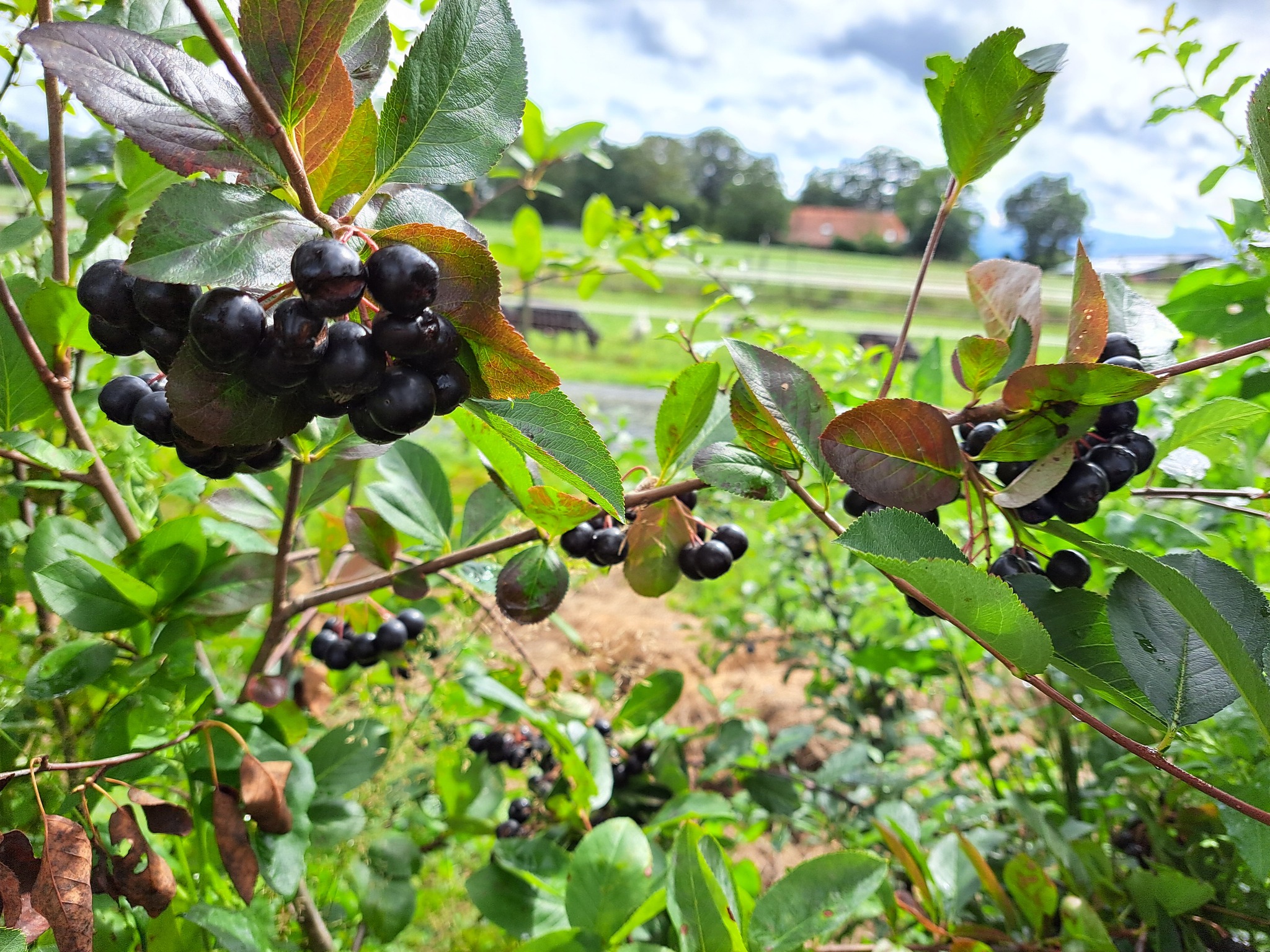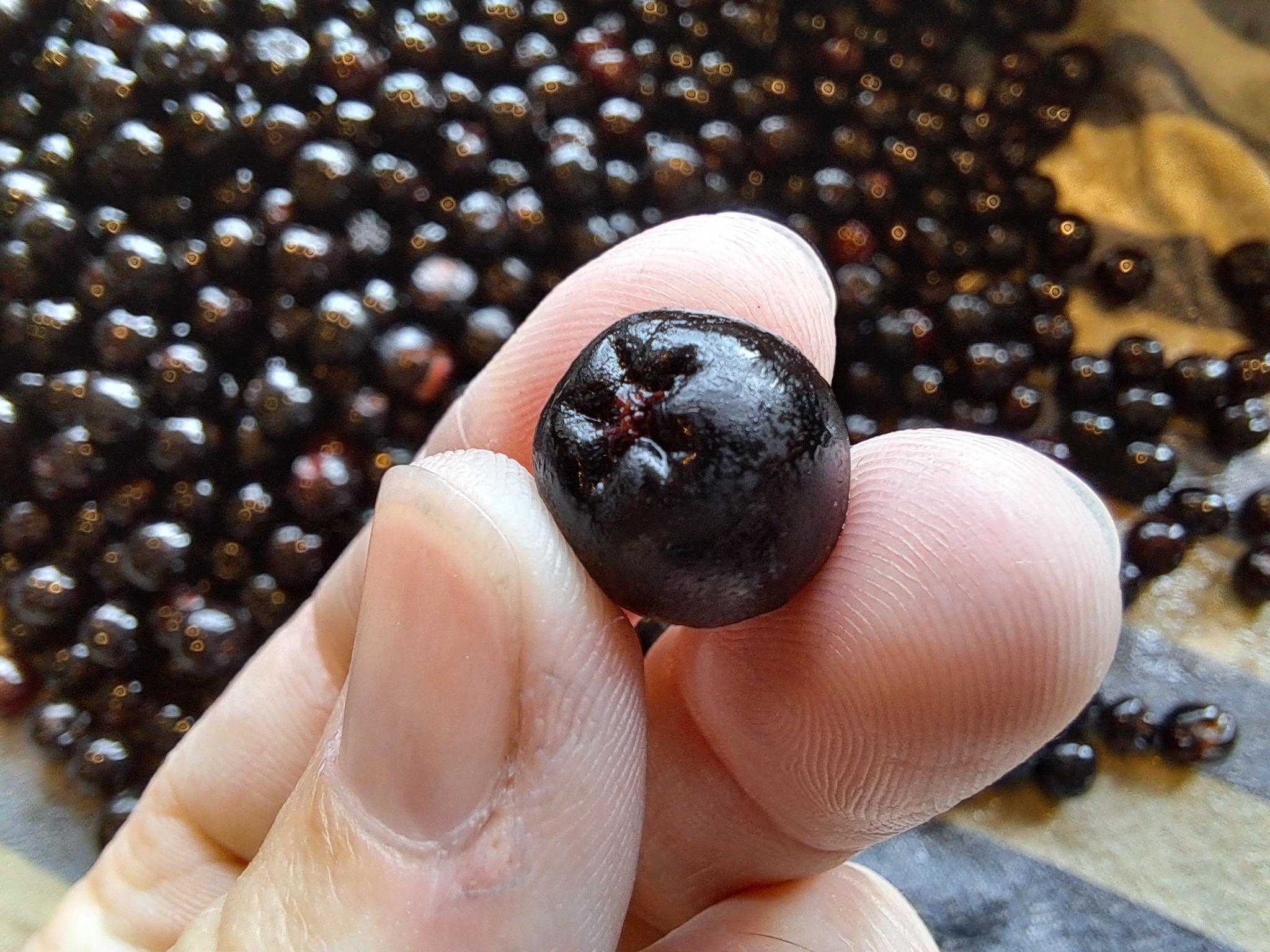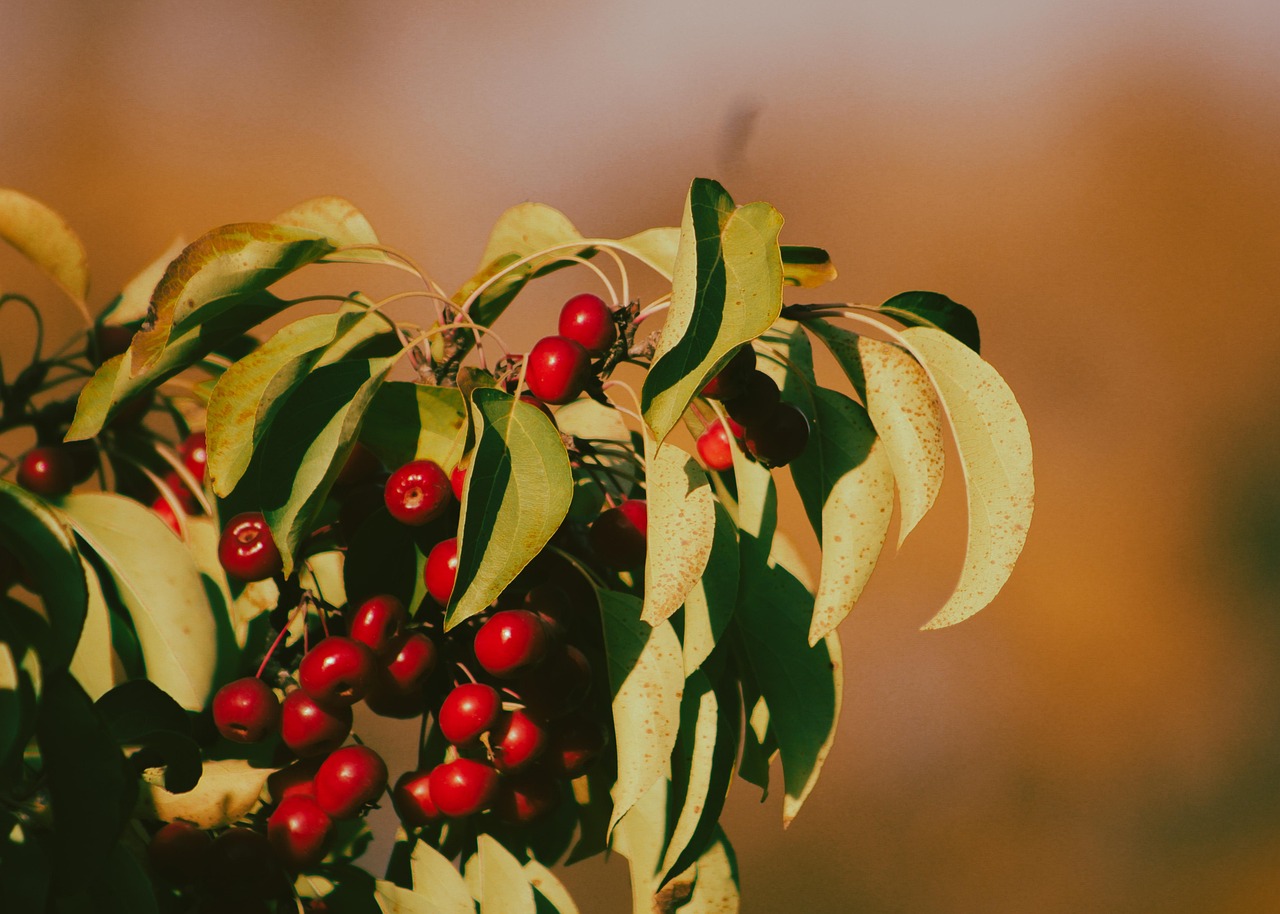A high school student from the Duck Valley Indian Reservation confirmed what her ancestors long believed—traditional food is powerful medicine, with the potential to fight cancer cells.
Tradition Meets Science
When Destany “Sky” Pete, a high school student from the Shoshone and Paiute Tribes, entered a science fair, she wasn’t just competing—she was testing a cultural truth. Pete’s goal: to prove whether her tribe’s traditional chokecherry pudding could inhibit cancer cell growth.
With support from a Boise State University biochemist, Pete’s experiment confirmed that only the traditional version of the pudding—made with crushed chokecherry seeds—had an effect on uterine sarcoma cancer cells in vitro. Within 24 hours, the cancer cells began to die.
“It was the traditional preparation of toishabui with the crushed seeds that had the results,” Pete said.

The Experiment
Pete tested four chokecherry specimens:
- Traditional pudding with crushed seeds
- Pudding without seeds
- Chokecherry juice alone
- Chokecherry extract
Only the traditional pudding with crushed seeds killed cancer cells. The remaining three showed no effect. The results suggest the bioactive compounds in the seeds—often discarded in modern recipes—could be key to the fruit’s medicinal power.
Dr. Ken Cornell, a cancer researcher at Boise State, provided lab support for Pete’s experiment. The test was limited to 24 hours of incubation, but Pete believes longer testing periods and additional cancer cell lines—like breast cancer cells—could reveal more.
“We can also try the experiment on different types of cancer cells in the future,” she said.
Science Fair Recognition
Pete’s project won First Grand Prize at the 2017 Elko County Science Fair in Nevada, out of more than 440 entries. She received a $500 scholarship, awards from the U.S. Navy and Air Force, and qualified for the Intel International Science Fair in Los Angeles, where she competed against 1,800 students from over 75 countries.

Although she didn’t win the top award there, Pete said she was proud to represent her people and to show that science and culture aren’t mutually exclusive.
“I’m proud to be Native American. And I want people to know that science and culture can be represented together.”
The Power of Chokecherries
Chokecherries grow widely across North America and have long been valued by Indigenous communities. The fruit is rich in:
- Vitamin K (for bone and blood health)
- Potassium (for heart and muscle function)
- Dietary fiber (for digestion)
- Anthocyanins (potent antioxidants)
These antioxidants are believed to combat oxidative stress, which is linked to inflammation and cancer. Cooking the fruit with seeds, as done in traditional pudding, also reduces the risk of cyanide exposure from the pits. In small, prepared doses, the seeds are safe.
Modern versions of chokecherry dishes often discard the seeds. Pete’s study suggests doing so may eliminate much of the pudding’s medicinal potential.
Recipe: Traditional Chokecherry Pudding
The pudding, known as toishabui in the Paiute language, has been made for generations. The key is including the entire fruit, seed and all.
Traditional Preparation:
- Pick fresh chokecherries from the tree
- Rinse thoroughly
- Crush berries and seeds using a mortar or grinder
- Boil mixture until water changes color
- Add flour to thicken to a runny pudding consistency
- Sweeten with sugar, if desired
- Cool and serve
Cooking the mixture neutralizes cyanide-like compounds in the seeds, making the pudding safe for consumption. Elders believe the traditional preparation method supports overall health and may help reduce the risk of modern illnesses like diabetes and heart disease.
A Message to the World
Pete’s project bridges ancestral wisdom and empirical science, validating long-held beliefs with laboratory data. It also calls attention to the underfunding of natural medicine research, especially for plant-based remedies that can’t be patented.
As Pete continues her studies, she plans to pursue a career in veterinary science and return to her community with new knowledge. But her high school science fair project has already left a lasting impact.
“There is so much out there in the world. You can go to college, and do anything, and then come back to your community,” she said.
By testing a family recipe, Pete showed that some of the most powerful medicines aren’t found in a lab—they’re already in our kitchens.
Featured Image by Joshua Carr from Pixabay

